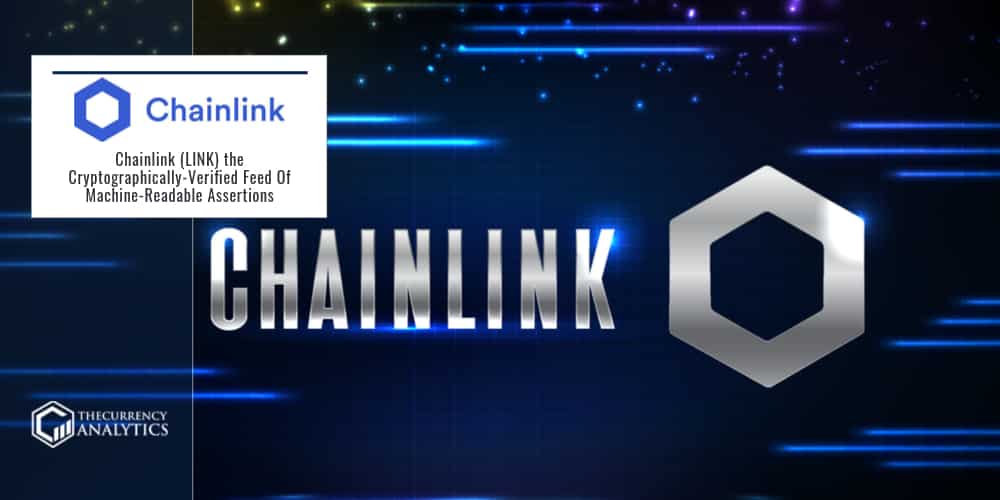
Twitter handle Balajis.com points to how Chainlink is a good v1 of what the next Reuters looks like: a cryptographically-verified feed of machine-readable assertions from identifiable oracles. A transformation of the information supply chain.
Someone who looked into the Lex Friedman and Sergey Nazarov Interview stated, “I get the feeling that we could fix most of the world’s big problems w/ blockchain & smart contracts.”
It is true there is more we can do with smart contracts. The podcast is worth listening to twice.
In terms of price, LINK is in the price discovery mode. The price at the time of writing was $43.82.
For those who are new, Chainlink being a decentralized oracle network, brings off-chain data into an on-chain format and therefore bridges the gap between the isolated blockchain and real-world data.
It focuses on ensuring that the external information like pricing, weather data, and event outcomes fed to smart contracts remains untampered with.
Safe Minting of Loans
Ruler Protocol is using ChainLink to secure user funds in its no-liquidation lending platform. Chainlink Price Feeds help calculate a pool’s minimum collateralization ratio, limiting a pool’s ability to mint new loans under certain market conditions.
Reportedly, Ruler Protocol fixes the minting ratio for a particular Ruler Pair. The mint ratio decides how many dollars you can borrow per one collateral token. This is a lot like the Loan-to-value (LTV) ratio.
For instance, for every one wBTC deposited with a mint ratio of 29,000, the user will only receive a max of 29,000 stablecoins in loan. Therefore, until the pair’s expiry date, the same number of tokens will be minted per unit of collateral (the minting ratio).
However, if the collateral price as determined by a Chainlink Price Feeds drops: Collateral Price / Mint Ratio < Minimum Collateralization Ratio, then user deposits will be disallowed. Minting will further resume only when the price comes up to bring the collateralization ratio above the minimum. Therefore, the pool has a safe experience.
Access Dynamic Risk Assessment
Sata Token is set to use Chainlink oracles to connect smart contracts to Signata’s off-chain risk analysis systems, this making it possible for dApps to access dynamic risk levels on various on-chain identities as a means of further protecting sensitive on-chain operations.
Thus, Sata is being used in real-world applications and facilitating wider ecosystem adoption for the long term. They are focused on many things like Decentralized IDs (DIDs), including those that might be created by ID, and adding delegation and enforcement of rights to those identities.
Get the latest Crypto & Blockchain News in your inbox.